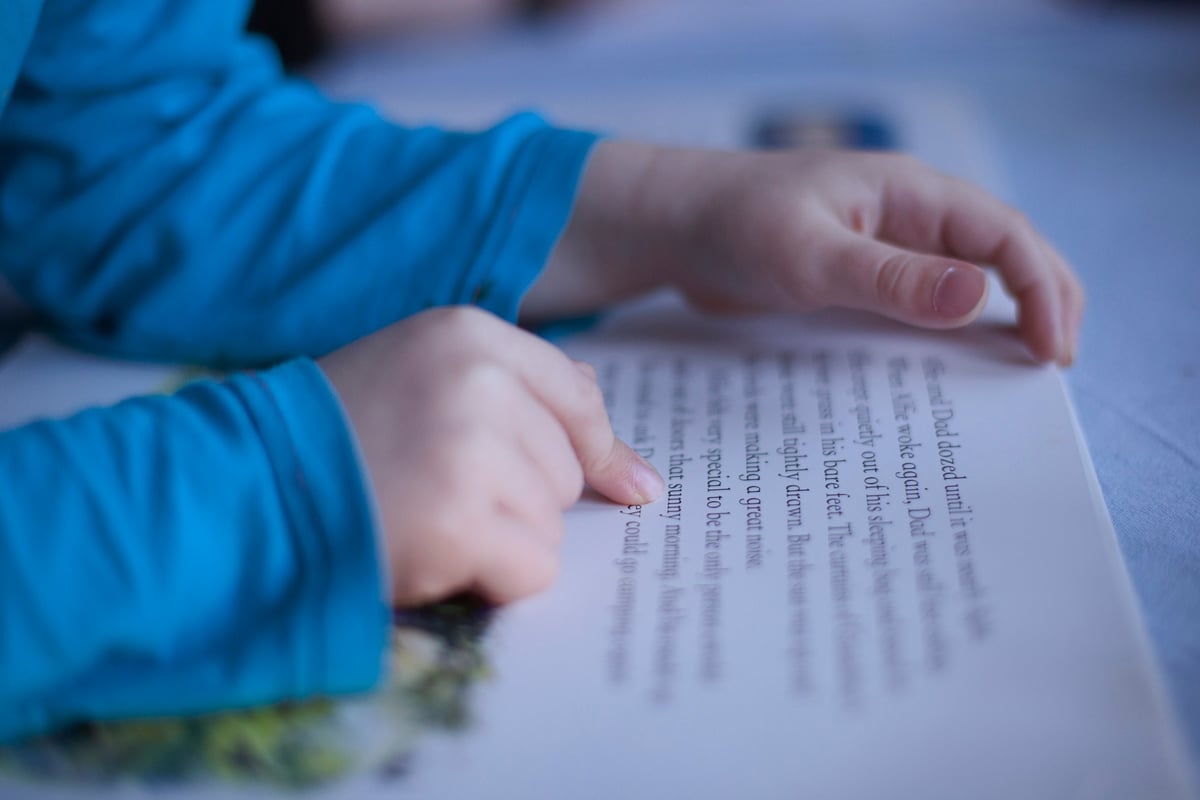

Prepare yourselves, the school year is upon us. Like nearing the front of the queue for an intense roller coaster, you’re a mixture of excitement and nervousness.
However you and your little legends are feeling about the new school year, it is rapidly closing in. As a teacher, over the last twelve years, I've loved the start of the year, but I know not everyone - child, teen, and adult alike - may feel this way. Especially after making it through the Year of Voldemort, a.k.a the Year We Shall Not Name, a.k.a. The Year Pyjamas Were The Must Have Accessory.
Change is tricky at the best of times. During this pandemic, we’ve been more saturated with it than my two-year-old daughter trying to pour milk from a jug (that’s a whole other separate story unto itself).
But as we jump aboard the rollercoaster of change that will be 2021, here are four things I want every parent to know:
Thing #1: Giving your kids the power to name emotions can make a huge difference
There’s something powerful when kids can go beyond happy, sad, bad, or angry to describe feelings.
The start of a school year can be a big transition for any child - no matter how old. It can be overwhelming, so giving our kids the power to choose words that best suit how they are feeling at that point in time can help us help them.
While our kids might talk about feeling angry, what they really might be feeling is frustrated or lonely. This can lead to very different ways we might respond or help them navigate through that feeling at that time.



Top Comments